Conference report
[ 3 comments ]
On the 19th and 20th June, 2014, the Play It Again team welcomed a fabulously diverse group of scholars and practitioners to Melbourne’s Australian Centre for the Moving Image for the Born Digital and Cultural Heritage conference. In attendance were Humanities and Computer Science researchers, lawyers, archivists, conservators, librarians, game and net.art preservationists, game developers, and a bunch of interesting others besides. Lively and convivial, with wonderful keynotes from Henry Lowood and Anne Laforet, the event saw many productive lines of inquiry opened up and intersections explored. The multi-disciplinary breadth of the discussions was one of the highlights, personally, and I’d like to thank all the delegates and speakers for their willingness to enter into dialogue with people from what were often radically different disciplinary backgrounds and professional contexts. I hope you found it as productive as I did.
To ensure the presentations have a life beyond the event itself, we’ve posted audio recordings of most of the presentations and discussions below, in the order they were given, along with some photos from the two days. Abstracts and speaker biographies are also available. Enjoy!
DAY 1
Acknowledgement of traditional owners & opening welcome (Tony Sweeney, Director & CEO, ACMI)
Henry Lowood introduction (Melanie Swalwell)
In picture: Henry Lowood
Henry Lowood (Keynote), “It Is What It Is, Not What It Was: Making Born Digital Heritage”
Panel A – Internet Practices
In picture: Tim Arnold (on screen); Somaya Langley (chair), Walker Sampson, Maria Garda, Joanne Hocking
Walker Sampson & Tim Arnold, “Digital Curation in the Age of Twitter”
Joanne Hocking, “Search and Rescue: Saving the South Australian Web”
Q&A
Panel B – User Practices
In picture: Angela Ndalianis (chair), Adam Muir, Christian McCrea, Melanie Swalwell
Adam Muir, “Unearthing the Auscene”
Melanie Swalwell, “Homebrew Gaming and the Everyday Reception of Micro-computers”
Christian McCrea, “My Art, My Collection: Collecting, Curation and Creativity in Popular Art Communities”
Q&A
Panel C – Technical
In picture: Christian Bartsch (on screen), Andreas Lange (chair), Craig Harrington, Jessica Moran, Denise de Vries, Joseph Redon.
Christian Bartsch, “Enhancing C64 Emulator VICE – How to Break Things when Fixing Them” (As the first part of the audio is missing, Christian has provided his written paper and slides sps_enhancingvice_rev11 enhancingvice_final.)
Jessica Moran & Jay Gattuso, “End to End Workflows for Collecting, Preserving and Providing Access to Born Digital Collections and the Limits of Digital Forensics”
Craig Harrington & Denise de Vries, “Software migration applied to Commodore BASIC video games”
Joseph Redon, “History, Philosophy and Techniques of Forensic Preservation of Games on Magnetic Media at the Game Preservation Society in Tokyo”
Q&A
Panel D – The Making of History and Heritage
(Unfortunately, technical issues meant not all the talks in this session were recorded.)
Jaakko Suominen & Anna Sivula
DAY 2
In picture: Anne Laforet
Anne Laforet introduction (Helen Stuckey)
Anne Laforet (Keynote) “Ad Hoc Preservation Strategies for Digital Art”
Panel E – Coded Artwork, Apps, and Institutions
In picture: George Phoonkin Khut demoing his "Waveforming" app for iPad, held by Russell Briggs
Amanda Pagliarino, “An App as Artwork”
George Phoonkin Khut, On Distillery: Waveforming (2012)
Panel discussion
Panel F – Doing the Job of Preservation
Ian Welch & Stuart Marshall, “Through a Browser Darkly – Prospects for Simplifying the Exhibition of Games”
Beth Robertson, Peter Kolomitsev (presenter), Silver Moon, “BLER, BERL, Disc Rot and Dropouts: Preserving South Australia’s Digital Audio Legacy of the 1980s and 90s”
Ross Spencer (presenter), Aaron Braden, Jan Hutar and Talei Masters, “Fly Away Home: Pilot Transfer of Born-digital Records at Archives New Zealand”. (The written version of this paper is here: rspencer-play-it-again-fly-away-home-2014-06-20.)
Q&A
Panel G – Traces / Legal Considerations
(Unfortunately, technical issues meant not all the talks in this session were recorded.)
Susan Corbett, “The Illusion of Movement”: how much copyright protection should a video game receive?”
Mark Boddington, “The ‘Right to be Forgotten’ and its Implications for Preservation of User-Generated Content”
Q&A
Panel H – Perspectives for Writing and Remembering Game History
In picture: Veronika Megler (on screen), Christian McCrea (at lectern, chair), Benjamin Nicholl, Helen Stuckey, Fiona Chatteur.
Veronika Megler, “There and Back Again: A Case History of Writing The Hobbit”
Fiona Chatteur, “Computer Graphics Through the Screen of Strategic Studies Group”
Benjamin Nicholl, “Early gaming magazines as a discursive archive: How print ephemera from the 1980s and 1990s shaped the imaginary and cultural contexts of the Neo Geo home platforms”
Helen Stuckey, “Run5 Magazine: The Creation of Community”
Q&A
Closing Plenary
In picture: Shane Farrow, Andreas Lange, Henry Lowood, Melanie Swalwell

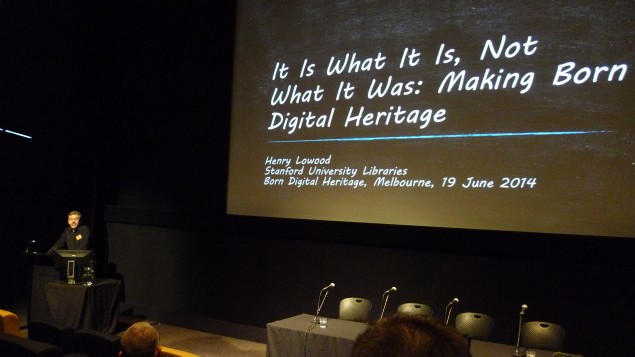
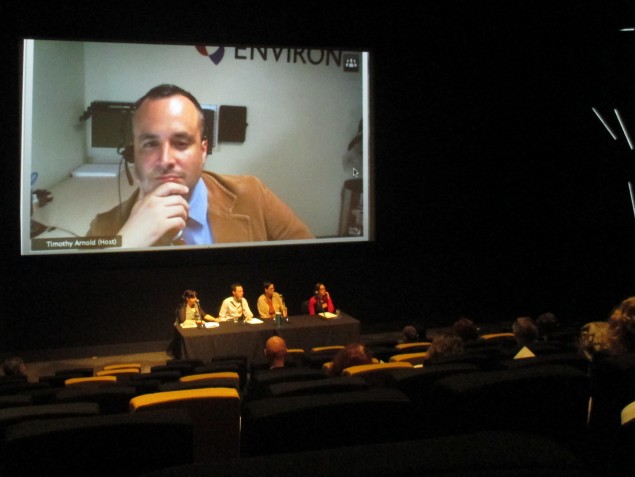
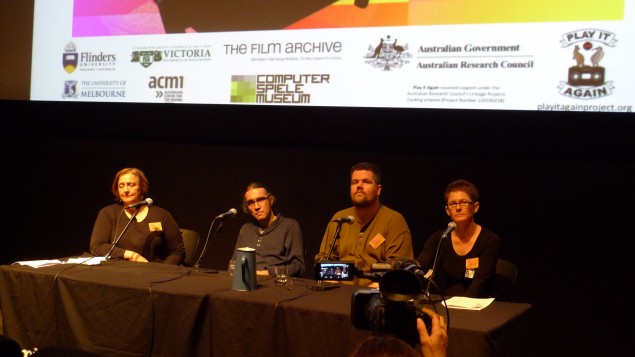
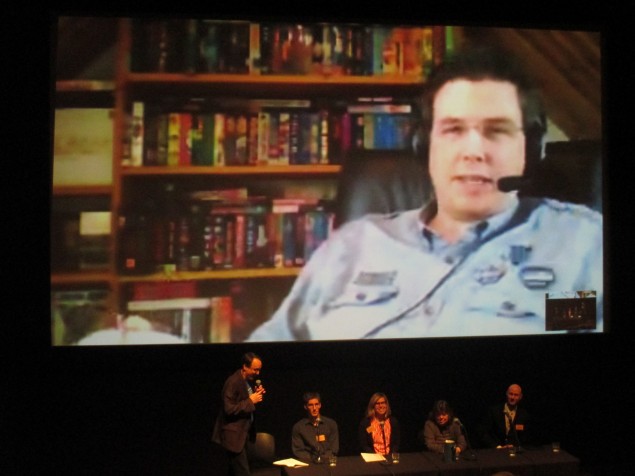
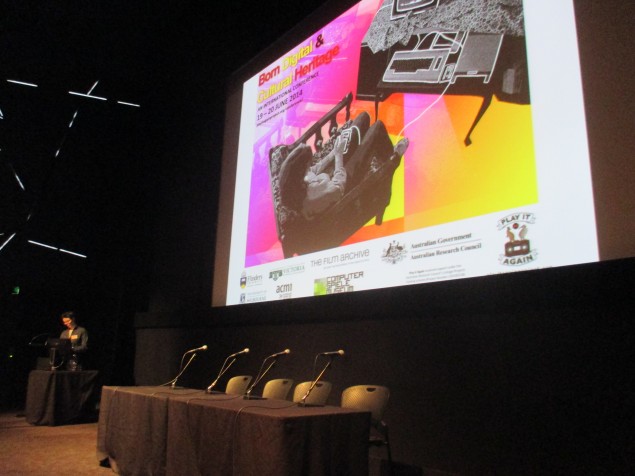
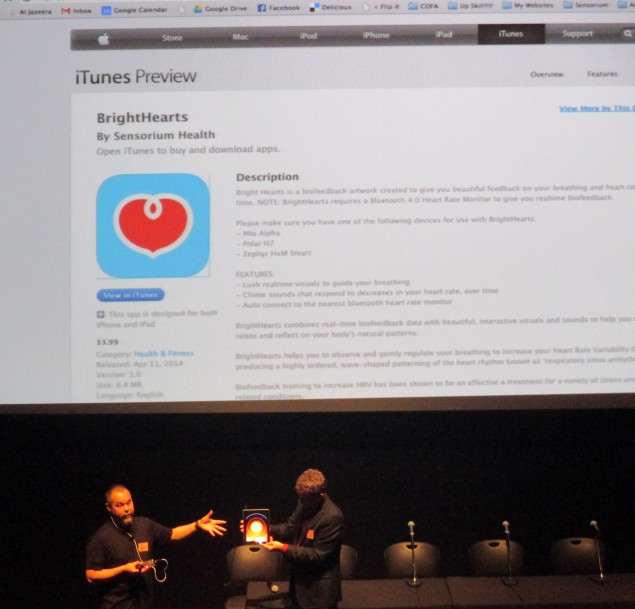
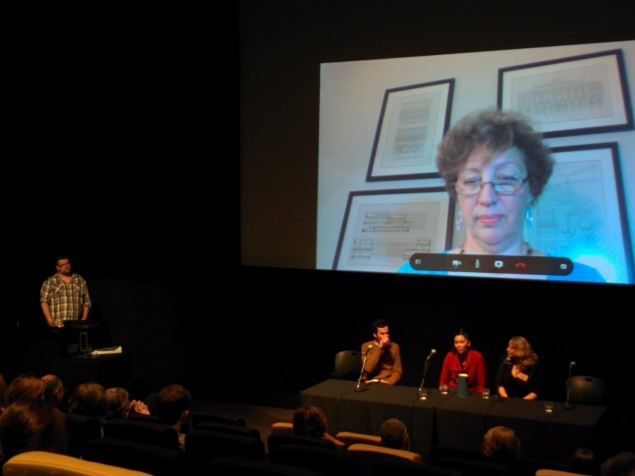
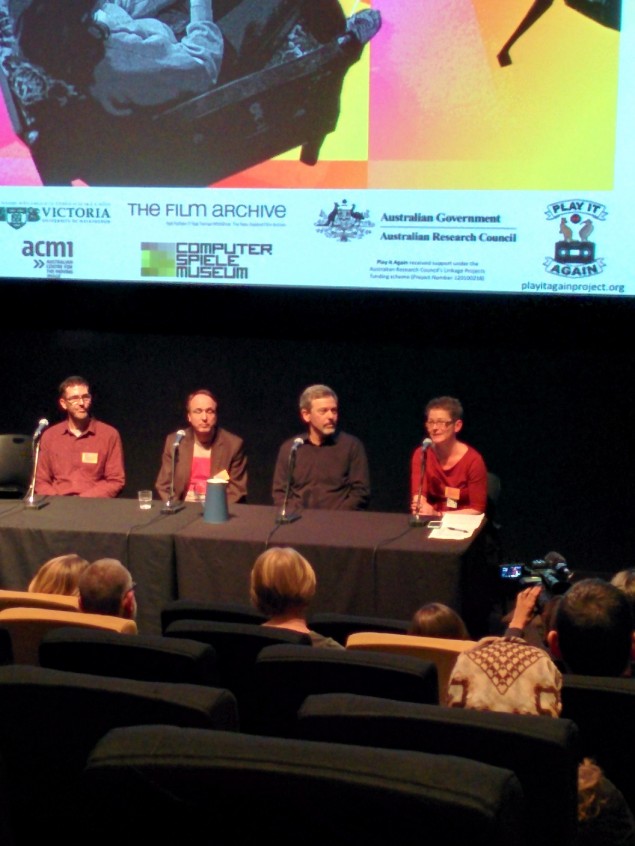
Henry,
This is almost like being there without the backwards swirling water going down the drain! Are slides for the talks or collateral material available?
I’m particularly interested in Benjamin Nicholls work in relationship to our http://www.SoftalkApple.com project. His remarks are powerful testimony to why Citizen Science projects like The Softalk Apple Project are so important.
Do you know if Ben’s interest is limited to Neo Geo for his dissertation. BTW, did you know Laine Nooney joined the STAP Advisory Board?
Thanks for pulling this together and sharing.
— Jim —
BTW, that thanks is especially to Melanie Swawell for the incredible work pulling this together.
–Jim–
Hi Jim,
Your STAP project looks great. Laine will be a great supporter.
I’ll let Ben know of your interest in his work.
We’re not collecting slides as such, but intend publishing some papers from the conference.
We (the Play It Again team) are very aware of the value of citizen science projects, as you nicely term these. We have published some papers on our “Popular Memory Archive” which acknowledge and unpack the significance of such efforts in terms of documenting histories of interaction with technology. Relatedly, Helen Stuckey and I have also reflected on the importance of retro computing sites’ work for the Museum. Some of these are online, but you are welcome to email me for copies.